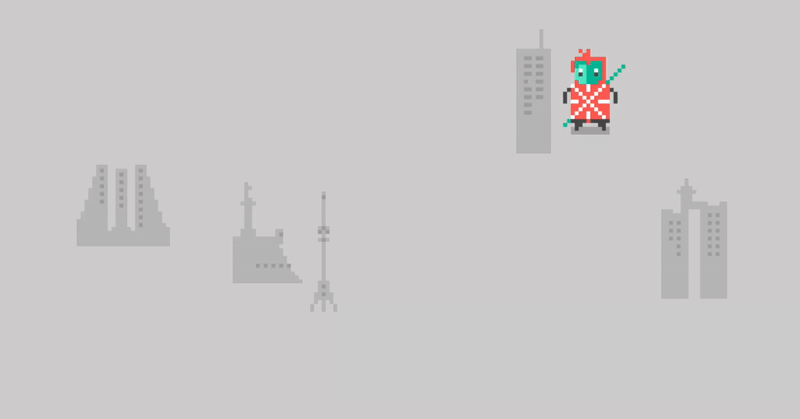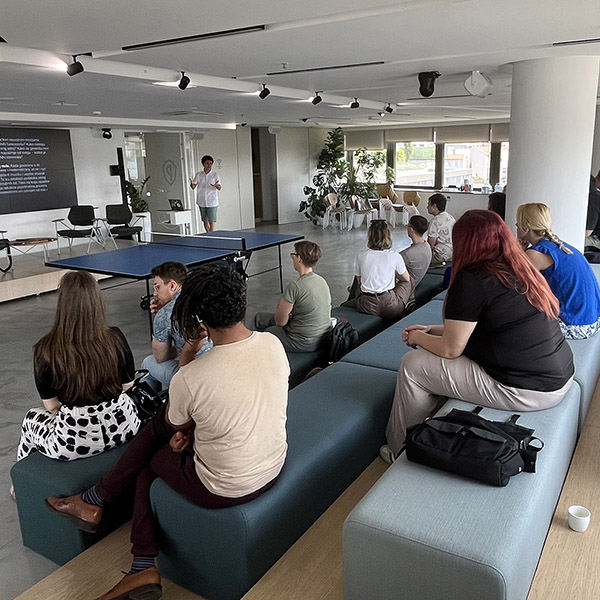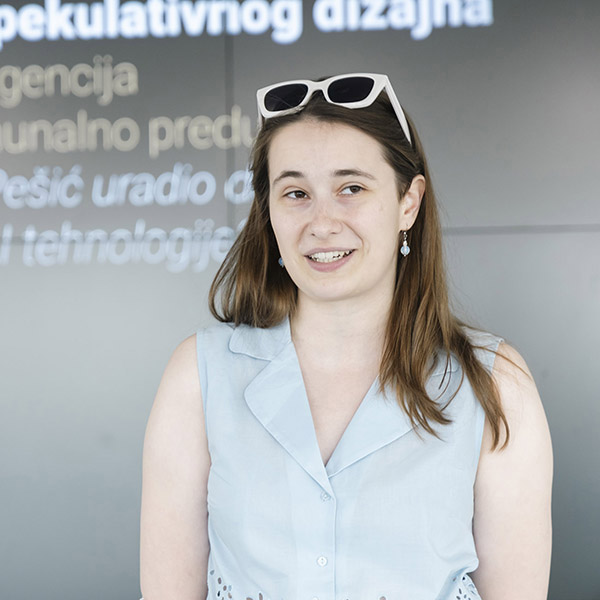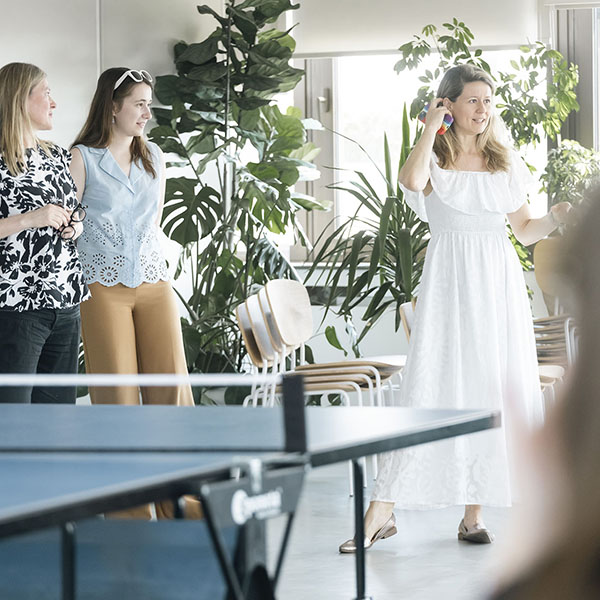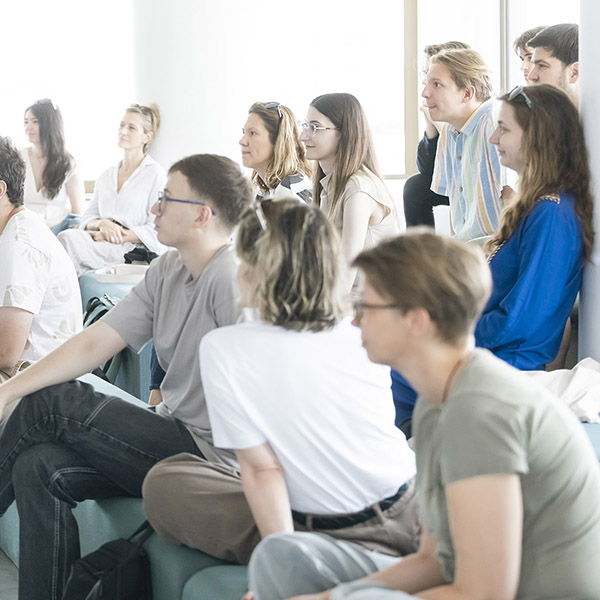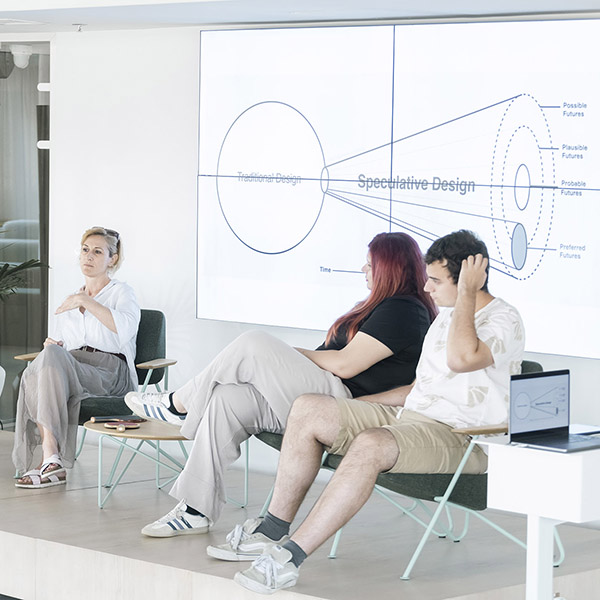Speculative design means imagining the future through drawings, models, stories, and prototypes. It doesn’t predict what will happen – it asks: what if…? Instead of solving problems like traditional design, speculative design poses them. It plays with possible worlds, explores the boundaries of science, technology, and society, and invites the public to reflect – not just on what we desire, but on what we should be wary of. It is a philosophical game, an artistic provocation, and an exercise in political imagination.
During this workshop, participants imagined what Belgrade might look like in the future if artificial intelligence systems were socially owned and democratically governed.
Inspired by the vision of Branko Pešić, participants will develop creative scenarios in which AI serves the public good – such as algorithmic housing systems that organize construction based on citizens’ needs; self-managed food distribution platforms for local communities; digital assemblies that negotiate urban planning and transportation solutions; municipal chatbots that learn from citizens and become their allies in building a fairer Belgrade; and self-governed newsrooms that co-edit local news with residents to fight disinformation and tabloid culture.
The goal of the workshop was to imagine how Branko Pešić – known for his grand yet humane vision of Belgrade – might have used AI to improve the city in the 21st century. Participants created speculative interventions in Belgrade that merge technology, art, and social planning. By combining art, technology, and political imagination, the workshop encouraged us to envision new forms of digital common life. ■
